 Why don’t we see resurrection today?
Why don’t we see resurrection today?
I don’t mean bodies of people actually coming forth from the grave. That is the physical resurrection which will happen at the future resurrection of all people. We shouldn’t expect to see that sort of resurrection today.
What I means is, “Why don’t we see lives of Christ-followers being radically transformed and changed into new creations?” Why don’t we see the “resurrection life”?
The Resurrection Life
It seems almost expected today that when a person believes in Jesus, not much will change. Oh, they might start going to church, and maybe reading their Bible and praying, and if they are really zealous, they will talk about Jesus to their friends. But typically, within a few months, old habits creep back in, old ways of living continue. Not much changes.
So whatever happened to the resurrection? Whatever happened to being raised to new life in Christ? Whatever happened to being a new creation? People talk about living the “resurrected life,” and sing about it, read about it, preach about it, and even pray for it, but it rarely seems to happen.
Why is the resurrection life so rare?
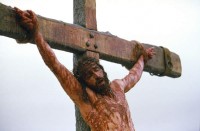 I believe it is because we have forgotten a vital element in the truth of the resurrection, and it is this: There can be no resurrection without death. Death always precedes resurrection. If you want to see resurrection, you must hang out with the dead, and if you want to experience resurrection in your own life, you must die.
I believe it is because we have forgotten a vital element in the truth of the resurrection, and it is this: There can be no resurrection without death. Death always precedes resurrection. If you want to see resurrection, you must hang out with the dead, and if you want to experience resurrection in your own life, you must die.
Yet very few of us like to think much about dying, and fewer still like to hear pastors and preachers call for us to die.
Preaching, teaching, writing, and singing about resurrection is wonderful. It is joyful. It is happy and uplifting. But preaching, teaching, writing, and singing about death? Not so much. Yet by definition, resurrection requires death.
To Live the Resurrection Life … Die!
If you get a chance, look through the Gospels and the writings of Paul and Peter, and try to find every reference to resurrection, the new life in Christ, and becoming a new creation. I haven’t yet done this myself, but I predict that almost always, within a few verses of talking about such exalted themes, the author will also mention the requirement of death.
You must die to your old self before being raised to new life. We are buried with Christ before we are raised with Him. We must crucify the old man and the lusts of the flesh, before the new man rises from the grave.
This may be one of the most prominent themes in Scripture. Almost every single time God makes a promise for something great — a new son, a new nation, a new kingdom, a new restoration — the humans to whom He makes the promise try to accomplish the promise in their own strength and ability, until finally, they give up all hope, and die to the promise. Only then does God step in and resurrect the shattered dream and the (seemingly) broken promise up out of the ashes into a glorious new life.
So you want to experience resurrection? Die.
Not literally, of course. Die to your dreams, your ambitions, your goals, your old habits and patterns. Die to yourself. Because resurrection reigns only where there is death.
The cross of Jesus is CENTRAL to everything!
Transform your life and theology by focusing on the crucifixion and resurrection of Jesus:
Fill out the form below to receive several emails from me about the death and resurrection of Jesus.
(Note: If you are a member of RedeemingGod.com, login and then revisit this page to update your membership.)


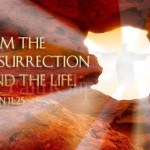

 The way many of us view the death of Jesus on the cross is like some poorly scripted “Good Cop, Bad Cop” scene from a crime thriller movie, except now it is “Good God, Bad God.”
The way many of us view the death of Jesus on the cross is like some poorly scripted “Good Cop, Bad Cop” scene from a crime thriller movie, except now it is “Good God, Bad God.” 
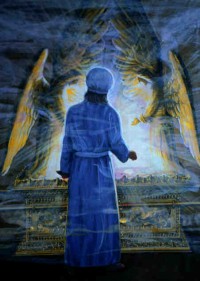 What happened to Jesus our High Priest after He died, but before He rose from the dead? Where did He go for three days? What did He do? Was He just sitting in heaven (
What happened to Jesus our High Priest after He died, but before He rose from the dead? Where did He go for three days? What did He do? Was He just sitting in heaven (
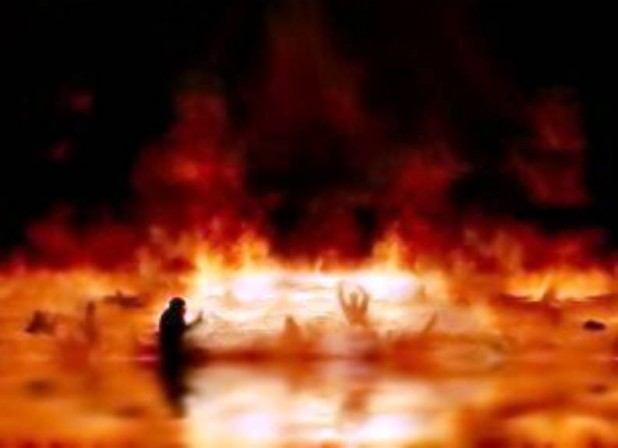
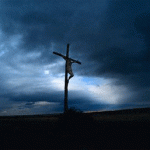
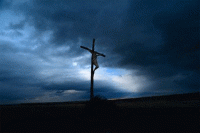 Church tradition states that Jesus was crucified on a Friday. This is why we call it “Good Friday.”
Church tradition states that Jesus was crucified on a Friday. This is why we call it “Good Friday.”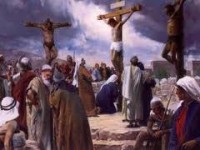 But if Jesus was crucified on Thursday, then the next day was not the Sabbath, right? Wrong. John 19:31 clearly tells us that this particular Sabbath was a High Day. In other words, it was not a weekly Saturday Sabbath, but was a special holiday Sabbath.
But if Jesus was crucified on Thursday, then the next day was not the Sabbath, right? Wrong. John 19:31 clearly tells us that this particular Sabbath was a High Day. In other words, it was not a weekly Saturday Sabbath, but was a special holiday Sabbath. 